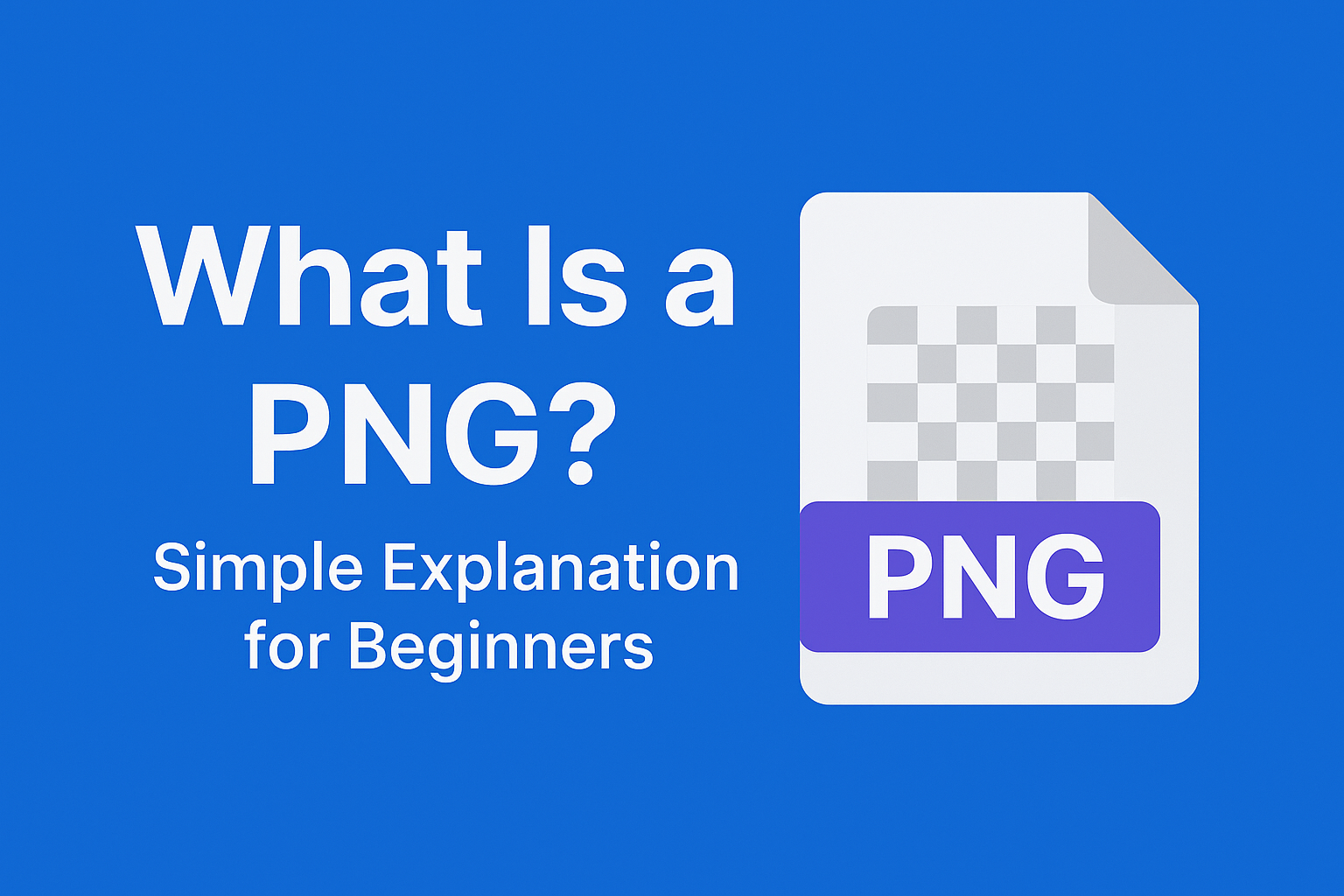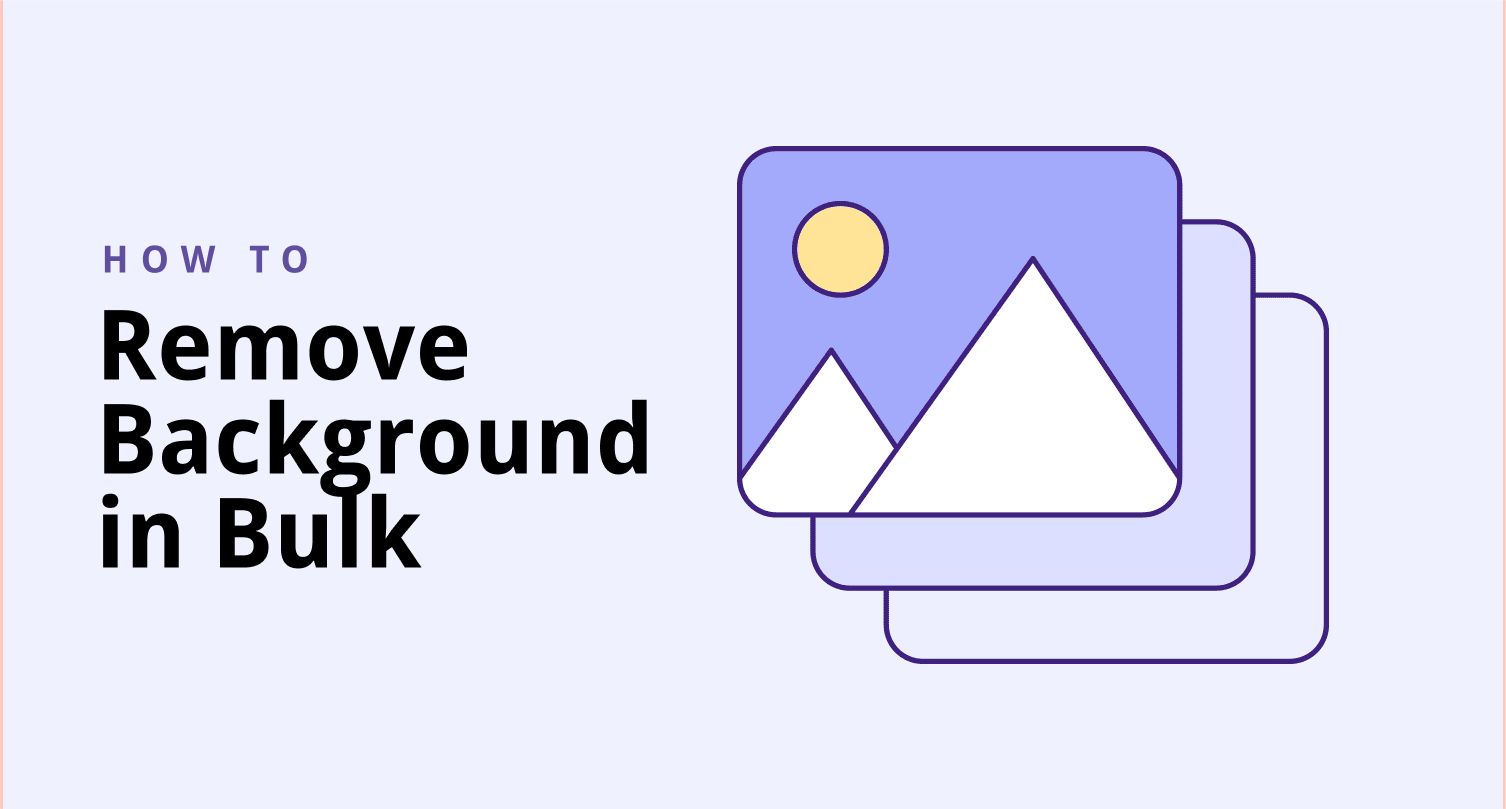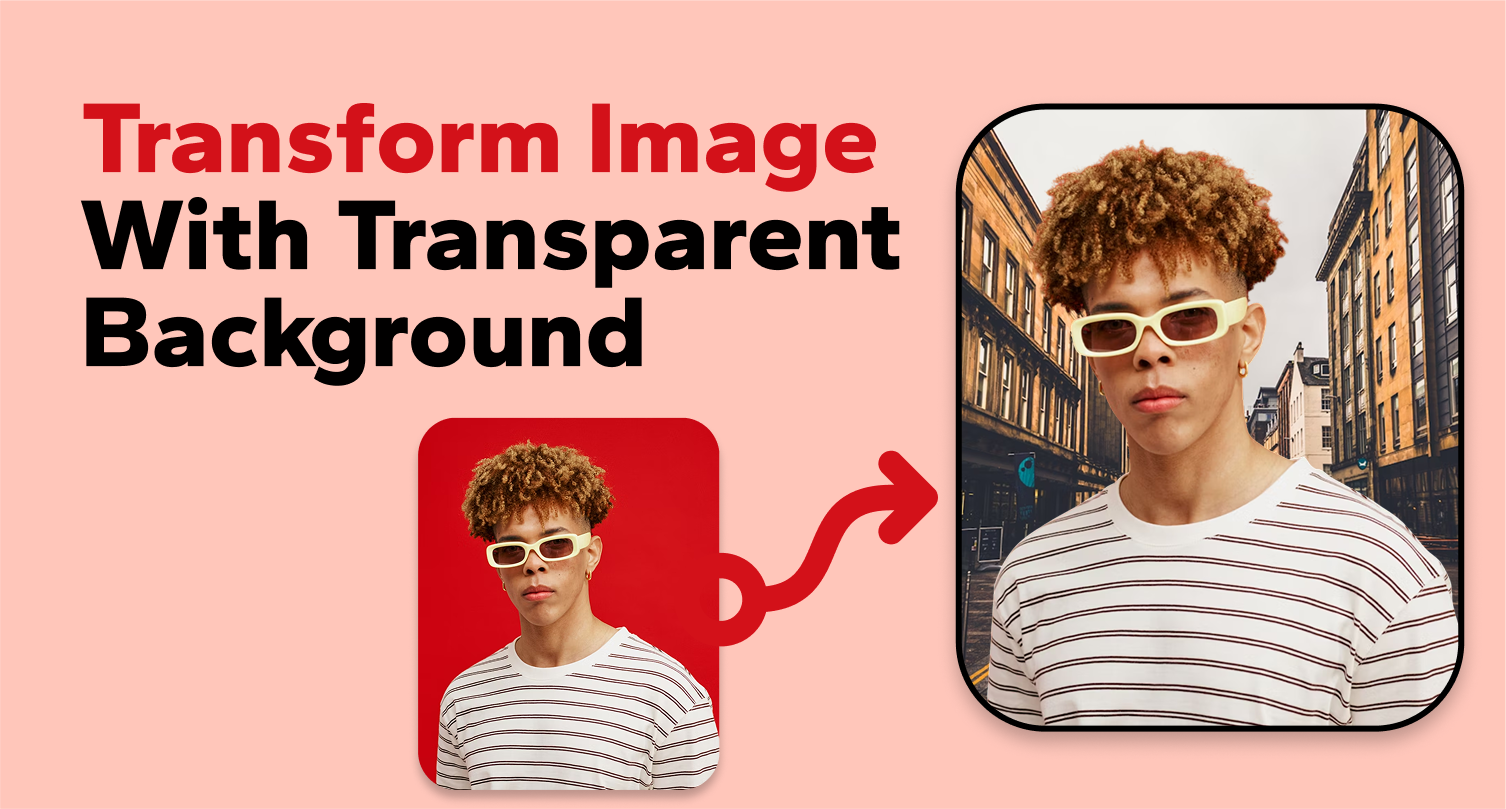A single image format selection can alter a website's loading speed and appearance. Did you know that images comprise the majority of the data on many web pages? You're in the right place if you've ever wondered what a PNG is, why transparent images are so popular with designers, or how PNG differs from JPG and GIF. This article helps you determine when to use a PNG and provides a clear explanation of what it is.
Quick answer: What is a PNG?
A popular digital image file format for images on the web and in applications is called PNG (Portable Network Graphics).When someone refers to a "PNG file," they typically mean an image with clear text, sharp edges, and—most importantly—transparent backgrounds, which allow the image to sit neatly on top of other colors or images.
What does PNG stand for?
PNG stands for Portable Network Graphics. It was created as a free, modern replacement for older formats that had limitations (for example, GIF).
Key features of a PNG file (simple list)
- PNG preserves image quality through lossless compression.Every time you save a PNG, the image won't get worse.
- Transparent backgrounds: Because PNG has an alpha channel, portions of the image may be completely or partially transparent.
- For logos, icons, and pictures with straight lines or text, sharp edges and clear text are perfect.
- Excellent for screenshots and graphics; for some images, it retains detail better than JPG.
- Photo files saved as PNG are frequently larger than JPGs due to the fact that PNG preserves more information.
PNG vs JPG (JPEG) vs GIF—what’s the difference?
Think of image formats like containers for different kinds of goods:
-
PNG (best for graphics & transparent images)
-
Great for logos, icons, screenshots, diagrams, and images that need transparency.
-
Uses lossless compression, so image quality stays the same.
-
Files can be bigger than JPG for photos.
-
-
JPG / JPEG (best for photos)
-
Uses lossy compression to make images much smaller.
-
Best for photographs where tiny quality loss isn’t noticeable.
-
Does not support transparency.
-
-
GIF (best for simple animation)
-
Limited colors (256-color palette), so not ideal for photos.
-
Supports simple animations and transparency, but the quality and color depth are limited.
-
Mostly used for short looping animations or tiny icons.
-
Analogy: PNG is like a high-quality poster printed on glossy paper (detailed, sharp, bigger). JPG is like a photo compressed to fit in a pocket album (smaller, still good-looking). GIF is like a flipbook with limited colors and simple motion.
When should you use a PNG file?
Use PNG in the following situations:
A transparent image is required, such as a logo on a colored background.
- The image contains flat colors (icons, diagrams, UI elements), text, or sharp lines.
- Clarity is important when you're saving screenshots.
- The image must be saved several times without sacrificing quality.
- If you need the lossless detail for editing or printing, stay away from PNG for large photos that are much smaller than JPGs.
Benefits of using PNG images
-
Transparency support easily layers images over any background without ugly boxes.
-
High-quality lossless compression keeps images crisp.
-
Better for text and line art preserves edges and readability.
-
Widely supported browsers, design tools, and apps all recognize PNG.
Downsides to know
-
Larger file sizes for complex photographic images—this can slow page load times if overused.
-
Not ideal for photos where JPG gives acceptable quality at a much smaller file size.
Simple examples when to pick which format
-
Website logo with transparent background → PNG
-
Product photograph on an online store → JPG
-
Small animated meme → GIF (or consider APNG/WebP for better alternatives)
-
Icon or UI element → PNG (or SVG for vector graphics when possible)
Bonus tips for web and performance
-
Use PNG for logos and icons that require transparency.
-
Use JPG for photos to keep page load times fast.
-
Consider modern formats like WebP (smaller files, supports transparency) if you can, but PNG is still the safest universal choice.
-
Always compress PNGs with a lossless optimizer (there are free tools online) to reduce file size without hurting quality.
Quick FAQ
Q: Is PNG better than JPG?
A: It depends. PNG is better for transparency, text, and sharp graphics. JPG is better for photos where smaller file size matters.
Q: Do PNGs support transparent backgrounds?
A: Yes—that’s one of PNG’s biggest advantages.
Q: Can I use PNG for everything?
A: You can, but photos saved as PNG are usually much larger than JPGs. For web speed, pick JPG for photos and PNG for graphics.
Conclusion
A PNG is a flexible, high-quality image format perfect for graphics, logos, and any image that needs a transparent background or crisp detail. If you’re asking, “What is a PNG?”—think “clear, sharp, and transparent”—and choose PNG when image quality and transparency matter more than tiny file size savings.



